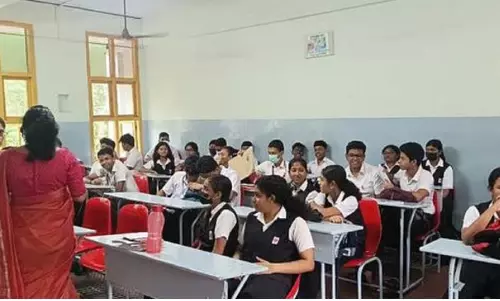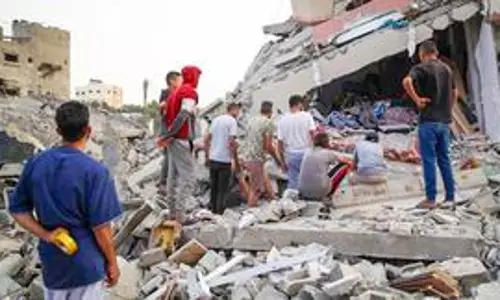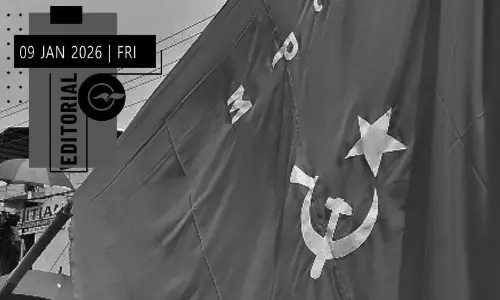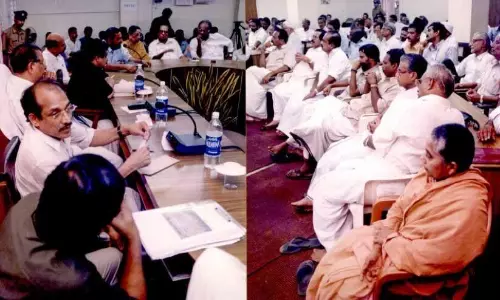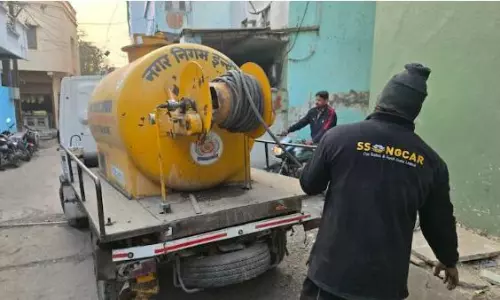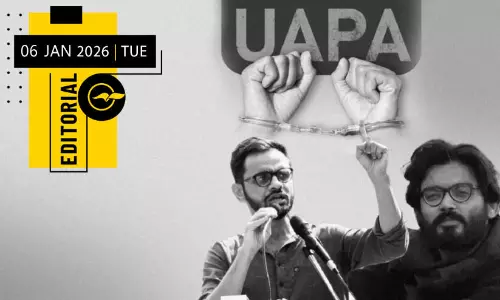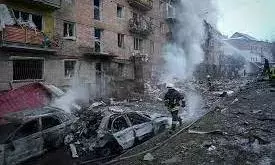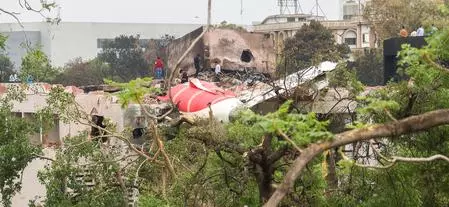
Former AAIB DG stated stitching evidence in AI plane crash tedious process
text_fieldsNew Delhi: As the inquiry into the deadly Air India plane crash in Ahmedabad on June 12 proceeds, former Director General of Aircraft Accident Inquiry Bureau (AAIB) Group Captain Aurobindo Handa (Retd) provides insight into the process.
According to the images from the incident, the aircraft was severely damaged by fire, and piecing together the data would be a time-consuming task.
"In all probability and in fairness, the investigation is likely to be a long drawn process," he told PTI.
Handa is also the former Chairman Accident Investigation Group (AIG) of the ICAO -APAC Region.
During Handa's stewardship, AAIB had closed over 100 investigations, including the fatal crash of an Air India Express plane which happened in August 2020 at Kozhikode, Kerala.
Deep and detailed examination of meaningful evidences is a time-consuming process.
After analysing the data from the recorders, the investigators narrow down to the most probable systems and/or sub-systems that could have malfunctioned and/or contributed in a malfunction.
Step by step, each of the suspected causes for the accident are examined deeply and the unlikely causes are ruled out which is a rigorous process.
Basically, the process is driven by the 'method of elimination'.
It is akin to a physician going through pathological reports, X-Ray/MRI or other test reports before coming to a conclusion.
The ICAO had come out with 'DOC 9756' or the Manual of Accident Investigation. Globally, the investigators follow this manual, which outlines detailed procedures to arrive at the most probable cause of an aircraft accident.
In addition, based on 'DOC 9756' and its own experiences, AAIB has prepared a document known as 'Procedure Manual' which contains the investigation process/procedures to be followed in India.
AAIB takes charge of the activities as soon as its team arrives at the crash site and starts coordinating with the 'first responders' for the remaining work.
After cordoning off the general area, AAIB controls and regulates any movement at the crash site in order to make sure that the evidence is not lost inadvertently or tampered with deliberately.
AAIB's priorities are to look for survivors and/or save lives at the crash site, retrieve recorders, sift through the debris for any meaningful examination at a later date, and shift these meaningful debris to a safe and secure place.
AAIB investigators get divided into sub-groups and start segregating the debris into sub-groups such as flight recorders, airframe, propulsion, avionics and controls, among other elements.
The first and foremost task is the retrieval of recorders i.e. Cockpit Voice Recorder (CVR) and Digital Flight Data Recorder (DFDR).
Once the retrieval is affected, the next step is 'milking of raw data' from these recorders. The raw data is then converted into actionable and workable 'engineering parameters'.
Then, these engineering parameters are converted into graphs and charts for deriving meaningful and credible interpretation.





